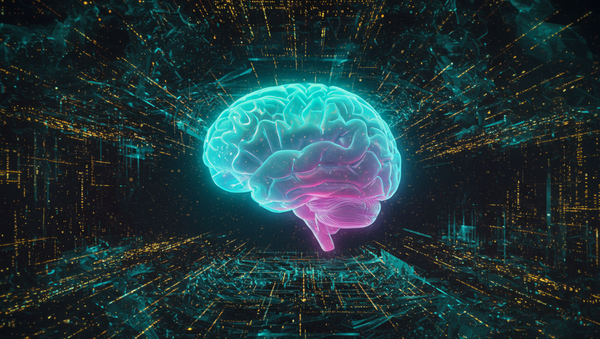Emerging Tech Divide: Computer Science Students Dominate AI Tool Usage While Other Disciplines Fall Behind

Computer Science students are embracing AI tools at dramatically higher rates than their peers, accounting for nearly 39% of educational AI interactions despite representing just 5.4% of all U.S. bachelor's degrees awarded. This significant disparity signals an emerging knowledge and skills gap that could have lasting implications for workforce readiness.
End of Miles reports this finding comes from Anthropic's newly released Education Report, which analyzed over one million anonymized conversations between university students and Claude, providing unprecedented insight into real-world AI usage patterns in higher education.
The New Academic Digital Divide
The report reveals stark differences in AI adoption rates across academic disciplines. While STEM fields show disproportionately high engagement with AI tools, other major fields of study significantly lag behind their enrollment numbers.
"Despite representing only 5.4% of U.S. bachelor's degrees, Computer Science accounted for 38.6% of conversations on Claude.ai. Natural Sciences and Mathematics also show higher representation relative to student enrollment (15.2% vs. 9.2%, respectively)." Anthropic Education Report
This imbalance extends in the opposite direction for several popular majors. Business-related educational conversations accounted for just 8.9% of interactions despite constituting 18.6% of bachelor's degrees. Health Professions (5.5% vs. 13.1%) and Humanities (6.4% vs. 12.5%) were similarly underrepresented.
The research team suggests these patterns reveal early adoption tendencies that could have significant educational implications. "These patterns suggest that STEM students, particularly those in Computer Science, may be earlier adopters of Claude for educational purposes, while students in Business, Health, and Humanities disciplines may be integrating these tools more slowly into their academic workflows," the report states.
Why the Adoption Gap Matters
The disparity raises important questions about equitable access to emerging technological advantages. As AI systems become increasingly powerful educational tools, students who fail to incorporate them into their academic workflows may miss critical opportunities to enhance their learning and productivity.
"This may reflect higher awareness of Claude in Computer Science communities, as well as AI systems' greater proficiency at tasks performed by STEM students relative to those performed by students in other disciplines." Anthropic researchers
The researchers note that different disciplines engage with AI in distinct ways. Natural Sciences & Mathematics students tend toward problem-solving interactions, while Computer Science, Engineering, and Mathematics students generally prefer collaborative conversations. This suggests AI integration approaches would likely benefit from being discipline-specific.
Beyond the Numbers
The findings come with important caveats. The analyzed data likely captures early adopters rather than the broader student population, and the researchers acknowledge that many students use AI tools beyond Claude.
Nevertheless, the dramatic disparities in adoption rates highlight a potential skills gap emerging between students who regularly engage with AI systems and those who don't. As these technologies become more integrated into professional environments, this academic divide could translate into workforce advantages and disadvantages after graduation.
The report concludes that further research is needed to better understand the connections between AI usage patterns and learning outcomes, particularly as these powerful tools continue reshaping educational landscapes across disciplines.





